——THE ESSENTIALS——

BLONDE VENUS (Josef Von Sternberg)
Von Sternberg continues his often preposterous, outlandish and glorious tributes to the mystery of womankind. This time his partner-in-crime, Marlene Dietrich is joined by Cary Grant and Herbert Marshall. Only Von Sternberg can flirt with camp, even embrace it, while transcending it at the same time. Naturally, this is the one with the “Hot Voodoo” number.
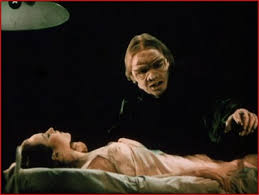
DOCTOR X (Michael Curtiz)
The best of the non-Universal horror films, shot in the early 2-strip Technicolor at Warner Brothers. Atmospheric and creepy, this one has it all. Great fun. Soon followed by MYSTERY OF THE WAX MUSEUM (1933).

FREAKS (Tod Browning)
FREAKS is a film that could not have been made two years later; not after the Production Code put the kibosh on anything risky. It’s hard to believe that it even got made at all, even in 1932. Especially by a major studio, in this case M-G-M.
Tod Browning adapted a story of intrigue and revenge under the big top from an original story called “Spurs”. It’s a tawdry tale already, but the main focus is on Browning’s decision to use real circus freaks in the film. “Pinheads”, human torsos, bearded ladies, dwarfs and midgets become the real stars. It’s quite an astonishing glimpse into a hidden world, and it puts the film squarely into the horror genre. And quite the opposite of the glamor factory that Hollywood was becoming. But horror was hot in the early 30’s, and we’ve got classics like this to show for it.
Banned in many countries soon after, and hard to see even in the US for many years, FREAKS became a true cult classic.

RED DUST (Victor Fleming)
Two powerhouse actors on their way to major stardom, Clark Gable and Jean Harlow, engage in a steamy tale in the tropics of French Indochina. Mary Astor provides the triangle. Snappy dialogue and risque innuendos abound. With this film, I became obsessed with any film made in the 30’s. It could happen to you. Remade by John Ford as MOGAMBO (see 1952), again with Clark Gable, and featuring Ava Gardner and Grace Kelly.
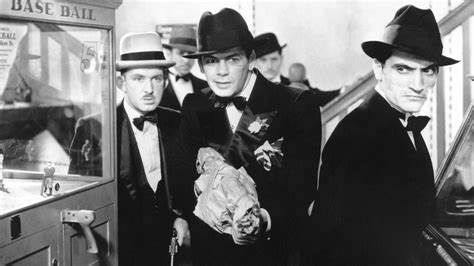
SCARFACE (Howard Hawks)
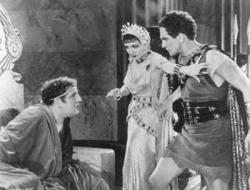
THE SIGN OF THE CROSS (Cecil B. DeMille)
DeMille knew how to go to the source for the best, most spectacular stories of sex, corruption and violence —- the Bible. This is the first epic of the sound era, featuring a stoic Fredric March, Claudette Colbert in a milk bath, and a bravura performance by Charles Laughton as Emperor Nero. Re-released in 1944 with a short prologue, with wartime fighter pilots flying over Rome, musing about what used to go on in those ancient ruins below, back in the day.
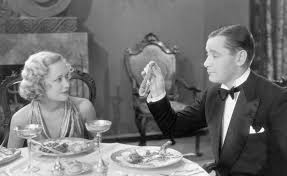
TROUBLE IN PARADISE (Ernst Lubitsch)
Of all of the European film emigres who came to Hollywood in the Golden Age, it was Ernst Lubitsch who imbued his films with the most sophistication and wit. They called the result “The Lubitsch Touch”, and it can be found in classic after classic. This was his first great film, and it still scintillates today.
——JEFF’S PICKS——
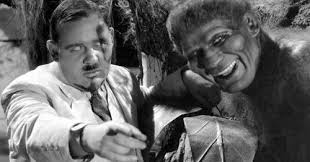
THE ISLAND OF LOST SOULS (Erle C. Kenton)
Based on a story by H.G. Welles (who hated the film), this one is just plain creepy. Hollywood had no problem in the pre-code days with exploiting the weird. Sometimes a little art creeped in. Here we have Charles Laughton as a willing participant. Bela Lugosi co-stars. Just what is going on on the island of Dr Moreau? “Are we not men?”
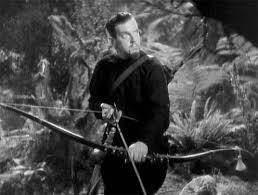
THE MOST DANGEROUS GAME (Irving Pichel & Ernst B. Schoedsak)
Filmed quickly and efficiently, using sets of the then in-progress KING KONG, this is a wonderful example of what could be done on a low budget within the studio system. Find out for yourself the answer to “What IS the most dangerous game?”

ONE HOUR WITH YOU (Ernst Lubitsch)
Calling it “The Lubitsch Touch” belittles the huge footprint that Ernst Lubitsch has left on the history of cinema. There is simply no one else who could duplicate what Lubitsch does with “romantic musical comedies” like this one. His are always smarter, sexier, funnier than any of the others. What he was able to do before the Production code put the hammer down is the difference between sophistication and clumsiness, between a wink and a leer. Maurice Chevalier might have been the perfect Lubitsch actor.